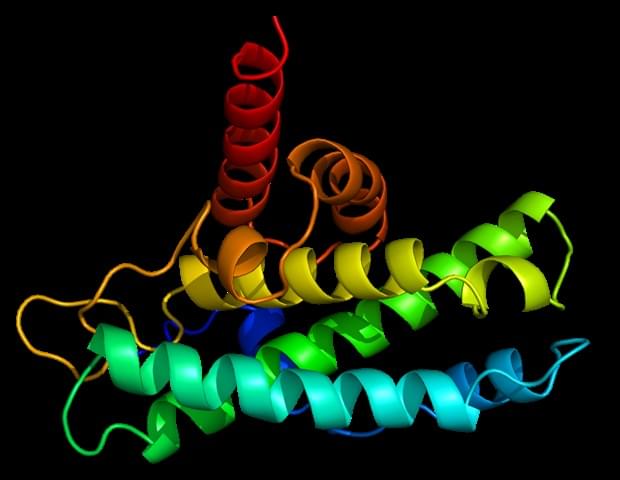For several years now, the CRISPR/Cas9 gene scissors have been causing a sensation in science and medicine. This new tool of molecular biology has its origins in an ancient bacterial immune system. It protects bacteria from attack by so-called phages, i. e. viruses that infect bacteria. Researchers from the Institute of Structural Biology at the University Hospital Bonn (UKB) and the Medical Faculty of the University of Bonn, in cooperation with the partner University of St Andrews in Scotland and the European Molecular Biology Laboratory in Hamburg, have now discovered a new function of the gene scissors. The study was published yesterday in the renowned scientific journal “Nature”.
Bacteria and phages have been engaged in a life-and-death struggle on Earth since time immemorial. When an attacking phage injects its genetic material into a bacterium, it is forced to produce new phages, which in turn infect more bacteria. Some bacteria have evolved the CRISPR system in response. With this bacterial immune system, the phage genetic material is recognized and destroyed.
At the same time, the resulting fragments are integrated into the genome of the bacterium. This creates a kind of library that the CRISPR immune system can access again and again and is thus armed for future attacks. In addition, it was discovered that so-called type III variants of the gene scissors produce small signal molecules. With the help of these small molecules, the bacteria switch on a complex emergency plan. This ensures that a virus can be combated optimally and on a broad front.










Comments are closed.